
- Capital City: Beijing
- General Information Official Language: Mandarin
- Currency: Renminbi (Yuan/CNY/RMB)
- Population (2024): 1.42 Billion
Political Overview
Government Type
Single-party Socialist Republic, communist one-party state
Key Leaders
- President: Xi Jinping
- Premier of the State Council – Li Qiang
- Chairman of the Standing Committee of the National People’s Congress – Zhao Leji
Political Stability Index
-0.5 (2022)
International Alliances
- Arctic Council (observer)
- (ASEAN) (dialogue partner)
- Asian Development Bank (ADB)
- G20
- G77
- IAEA
- IBRD
- ILO
- IMO
- IPU
- ILO
- SCO
- SAARC (Observer)
- UN
- UNSC (Permanent member)
- WHO
Economic Overview
GDP (Nominal)
$18.273 trillion
GDP (PPP)
$37.072 trillion
Key Industries
- Technology & Electronics
- Manufacturing
- Agriculture
- Services
- Construction.
Top 5 Importers/Exporters
- United States: US$502 billion (14.8% of China’s total exports)
- Hong Kong: $276.4 billion (8.2%)
- Japan: $157.6 billion (4.7%)
- South Korea: $149.3 billion (4.4%)
- Vietnam: $138.2 billion (4.1%)
Top Exports for 2023-24 include Broadcasting equipment ($276 billion), Integrated circuits ($215 billion), Computer ($214 billion), Semiconducter devices ($74 billion)
Top Imports include Crude petroleum ($290 billion), Integrated circuits ($235 billion), Iron ore ($108 billion), Petroleum gas ($76 billion)
Social Indicators
Human Development Index
0.788 (75th) (2023-24)
Literacy Rate
2020 data – 97% (98.5% of males and 95.2% of females)
Life Expectancy
78.6 years (2024)
Geopolitical Relevance
Strategic Location
Shares borders with 14 countries, access to South China Sea (one of the world’s busiest trade route, rich in natural resources), East China Sea (trade route and energy shipments), Taiwan Strait, BRI
Key Conflicts
Territorial disputes in the South China Sea ( Vietnam, the Philippines, Malaysia, and Brunei), Taiwan Strait tensions (with Taiwan backed mainly by the U.S.), Border issues with India (Aksai Chin and Arunachal Pradesh), Dispute with Japan over the Senkaku/Diaoyu Islands
Border Issues
China-India Border Dispute (Aksai Chin and Arunachal Pradesh), China-Bhutan Border Dispute (Doklam Plateau, Sinchulumpa and Gieu), China-Nepal (trespassing in the district of Humla), Paracel and the Spratly Islands among others in the South China Sea (with Vietnam, Malaysia, Indonesia, Philippines, Brunei)
Military Strength
Chinese People’s Liberation Army Active personnel – 2,035,000 (2022) (ranked 1st)
Reserve personnel – 510,000 (2022) Budget – $296 billion (2023) (ranked 2nd)
SCO member
Related Posts
-
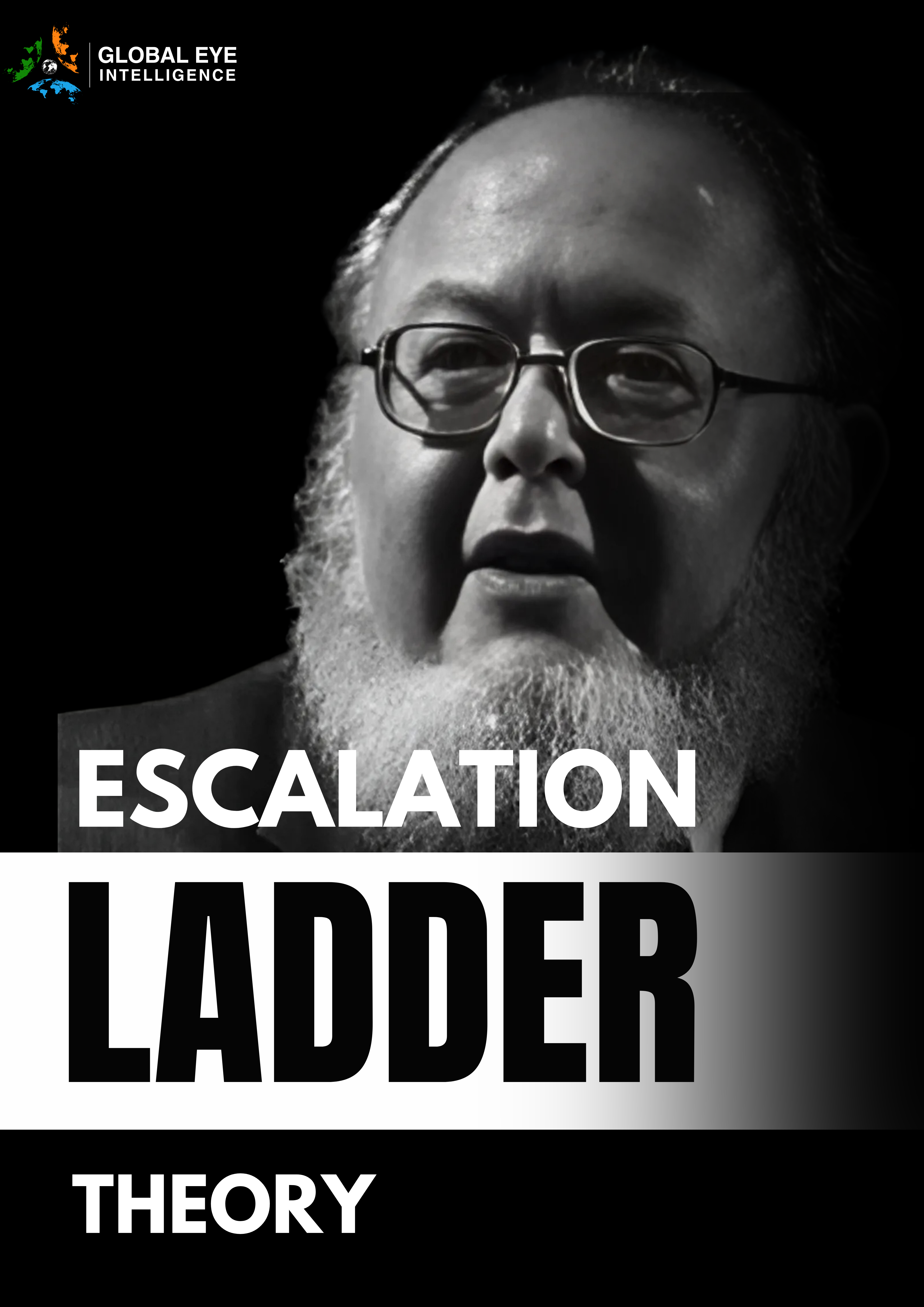
Escalation Ladder Theory
Introduction As the international landscape becomes increasingly multipolar and complex, the dynamics of escalation in conflicts will also evolve. This report examines the intricate escalation ladder between Israel and Iran, highlighting how simultaneous strategies and shifting geographies influence their interactions. The ongoing rivalry between these two strategically sophisticated states exemplifies how capabilities and public rhetoric…
-
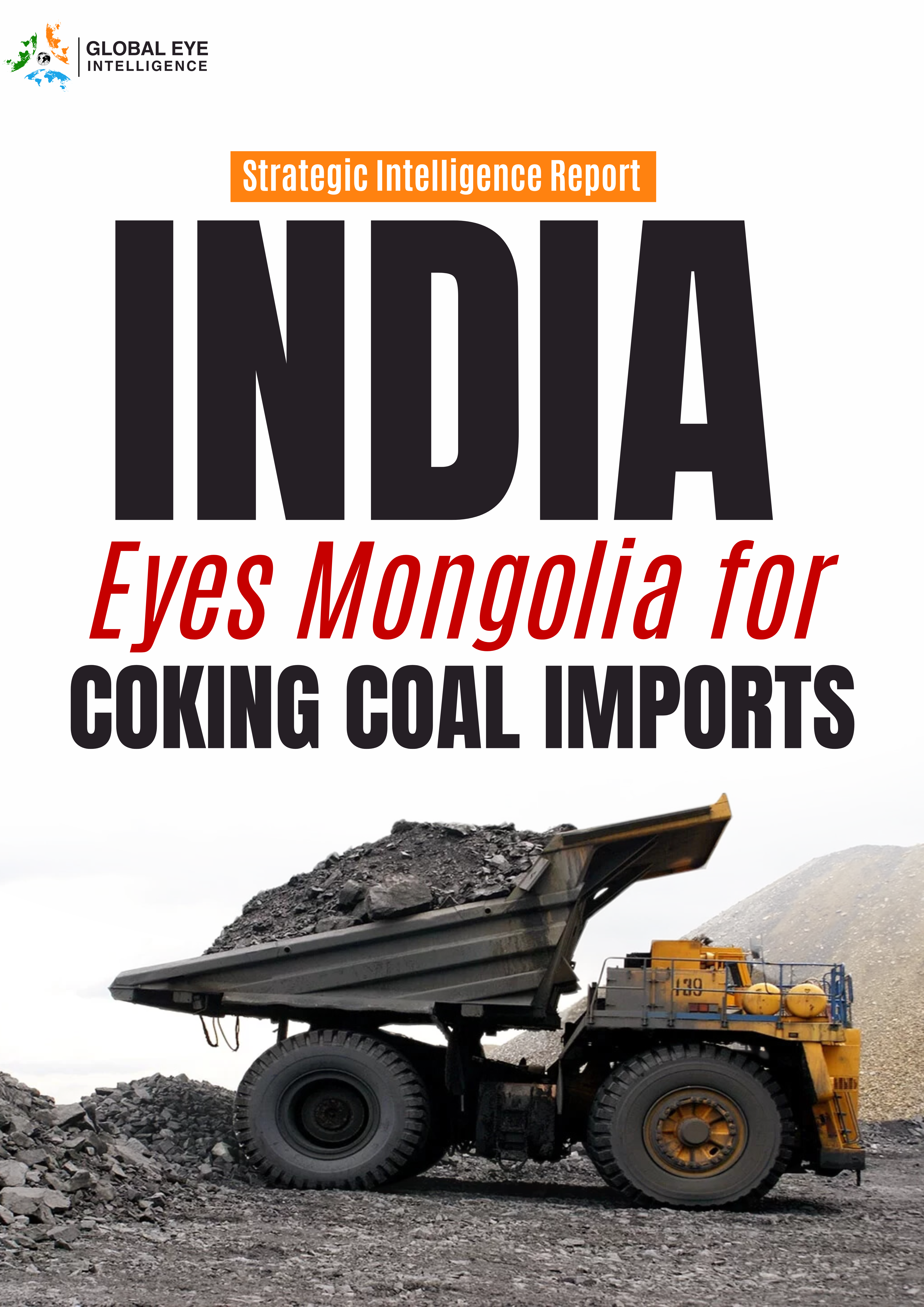
Strategic Pivot: India Eyes Mongolia for Coking Coal Imports
Executive Summary: Indian steel companies consume around 70 million metric tons of coking coal annually, and imports constitute around 90% of the country’s total requirements. Currently, India is heavily reliant on Australia to fulfill its coking coal requirement, which is increasing the overall cost of steel production. Hence, to avoid over-reliance on any single country…
-

ANALYSIS OF SL PRESIDENT DISSANAYAKE’S ECONOMIC STRATEGIES
1. Overview Sri Lanka’s political landscape is currently undergoing a significant transformation following the election of Anura Kumara Dissanayake, a left-leaning political figure. The elections, held on Saturday, 21 September 2024, resulted in Dissanayake securing 42.31% in the first round, while his main competitor, Sajith Premadasa, garnered 32.76%. As no candidate achieves over 50%, the…
-

Six Party Talks
Overview The Six-Party Talks, initiated in 2003, involve North and South Korea, Japan, China, Russia, and the United States. These negotiations aim to address the security concerns surrounding North Korea’s nuclear weapons program through peaceful means. The discussions, which have been stalled for over five years, may be on the verge of resumption amid rising…
-

Restoration of WW2 airfield by US
Executive summary The U.S has been revitalising the World War II airfield in the Tinian island. While this airfield enhances the overall military posture of the U.S forces it also acts as a tool of deterrence against China. This report analyses this event and recommends the necessity of maintaining the balance of power without heightening…
-
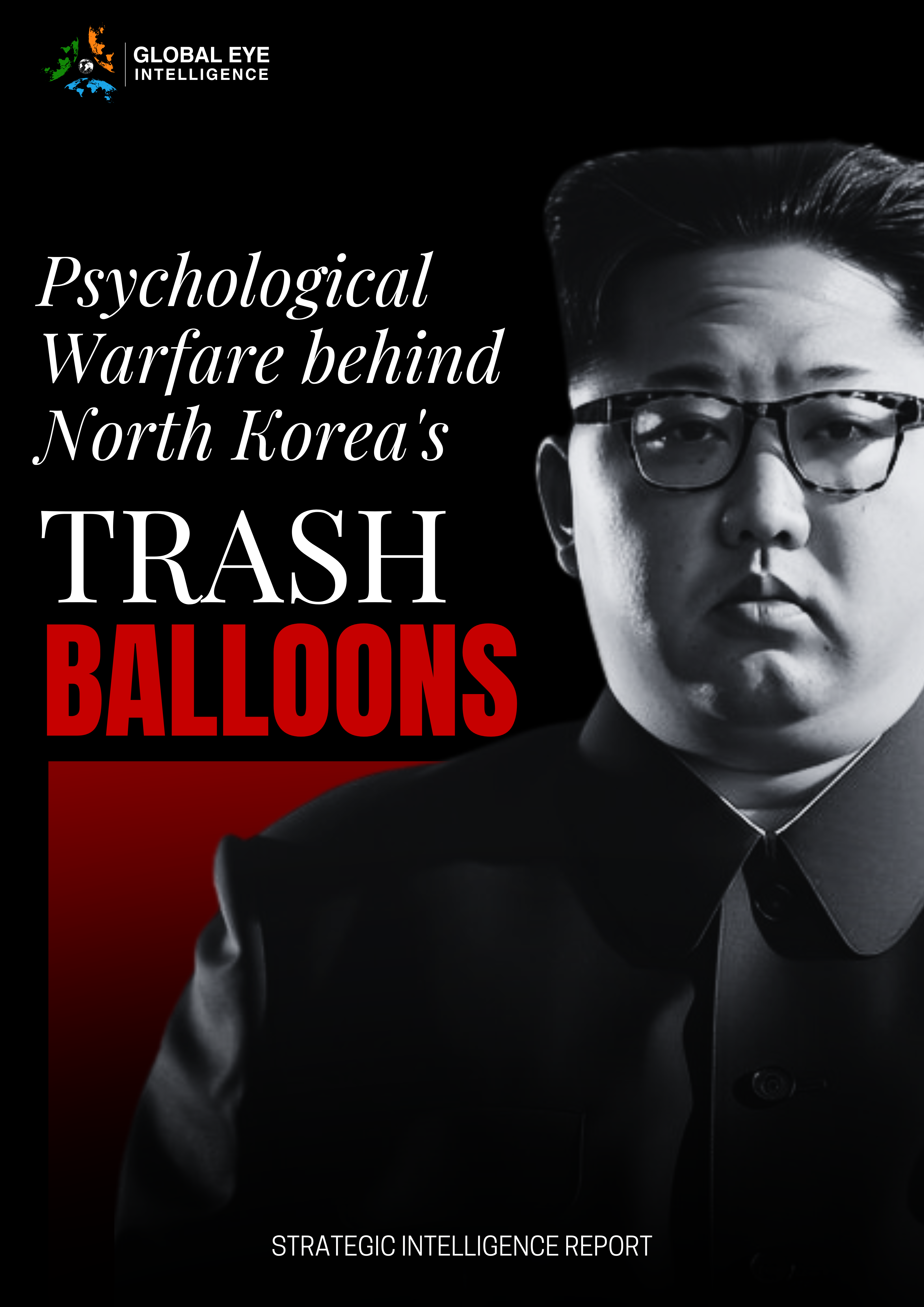
North Korea’s Deployment of Balloons to South Korea
Overview North Korea has resumed the deployment of the balloons across the Demilitarized zone(DMZ) into South Korea.since may 2024, North korea has launched thousands of balloons into south korea. The balloons were filled with trash and biological waste in which they contain hazardous materials including human waste and parasites which is a serious public health…
-

Golan Heights
Executive Summary Golan Heights, a strategic plateau and focal point of conflict for decades, has regained its prominence amidst the political transition in Syria. With Bashar Al-Assad fleeing the country and rebels occupying the space. Israel is eyeing to protect its borders and safeguard its resources, especially the Golan Heights which was captured in the…
-

Echoes of Begin Doctrine in the current Israel-Hamas conlict
Introduction: This report examines Prime Minister Netanyahu’s conflict strategy, drawing parallels to the Begin Doctrine, which advocates for preemptive action and independent defence to counter regional threats.The Begin Doctrine declares any regional enemy that intends to destroy the State of Israel cannot be permitted to obtain weapons of mass destruction, principally, nuclear weapons. The doctrine…
-
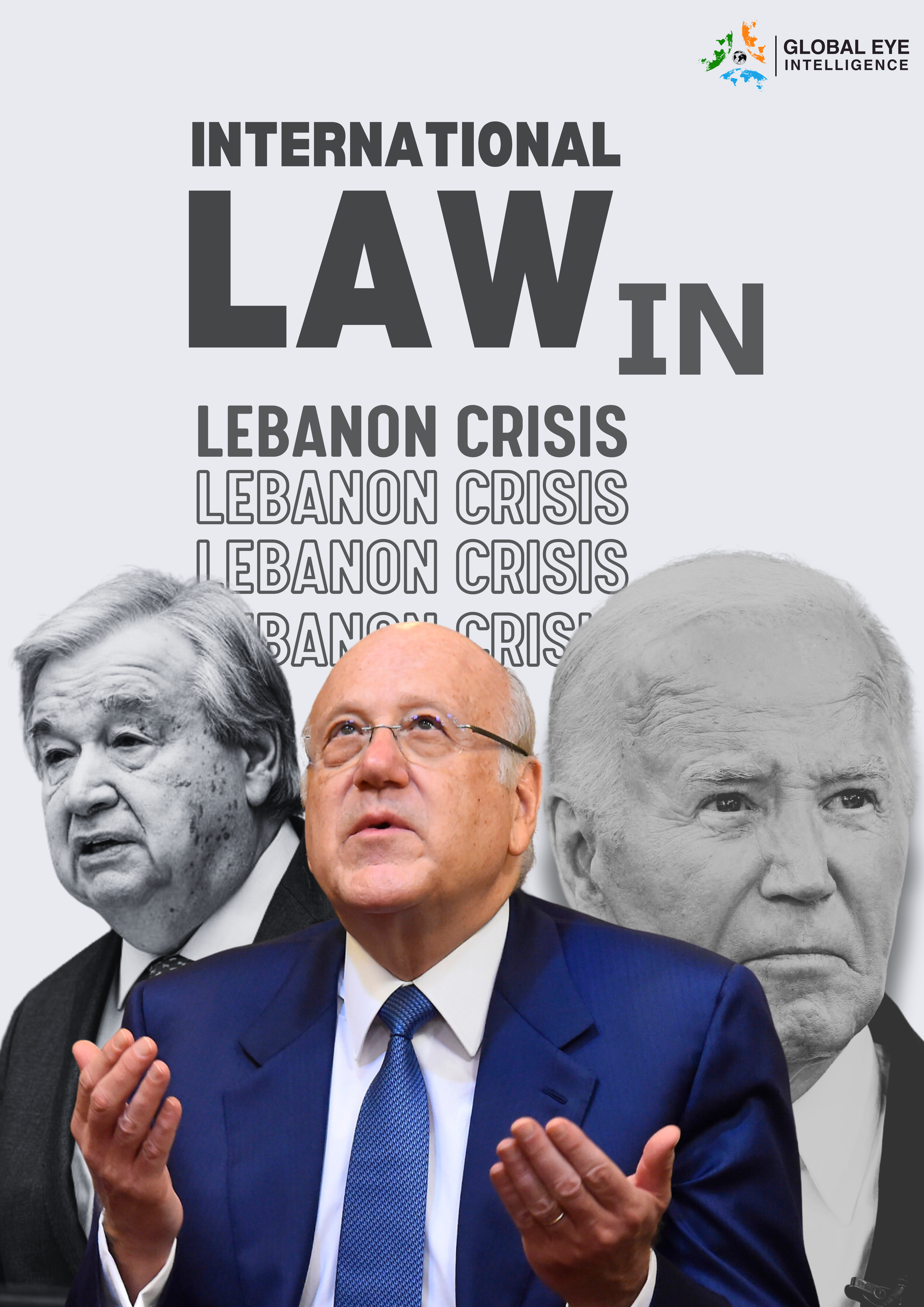
Challenges to International Law Amidst the Lebanon Crisis
Executive Summary: The Lebanon crisis presents significant challenges to international law, exacerbated by external influences, the dominant role of Hezbollah, and intricate geopolitical dynamics. This situation has strained Lebanon’s sovereignty and weakened the enforcement of international legal norms. Despite the presence of United Nations peacekeeping forces like UNIFIL, compliance with international law conventions remains elusive.…
-
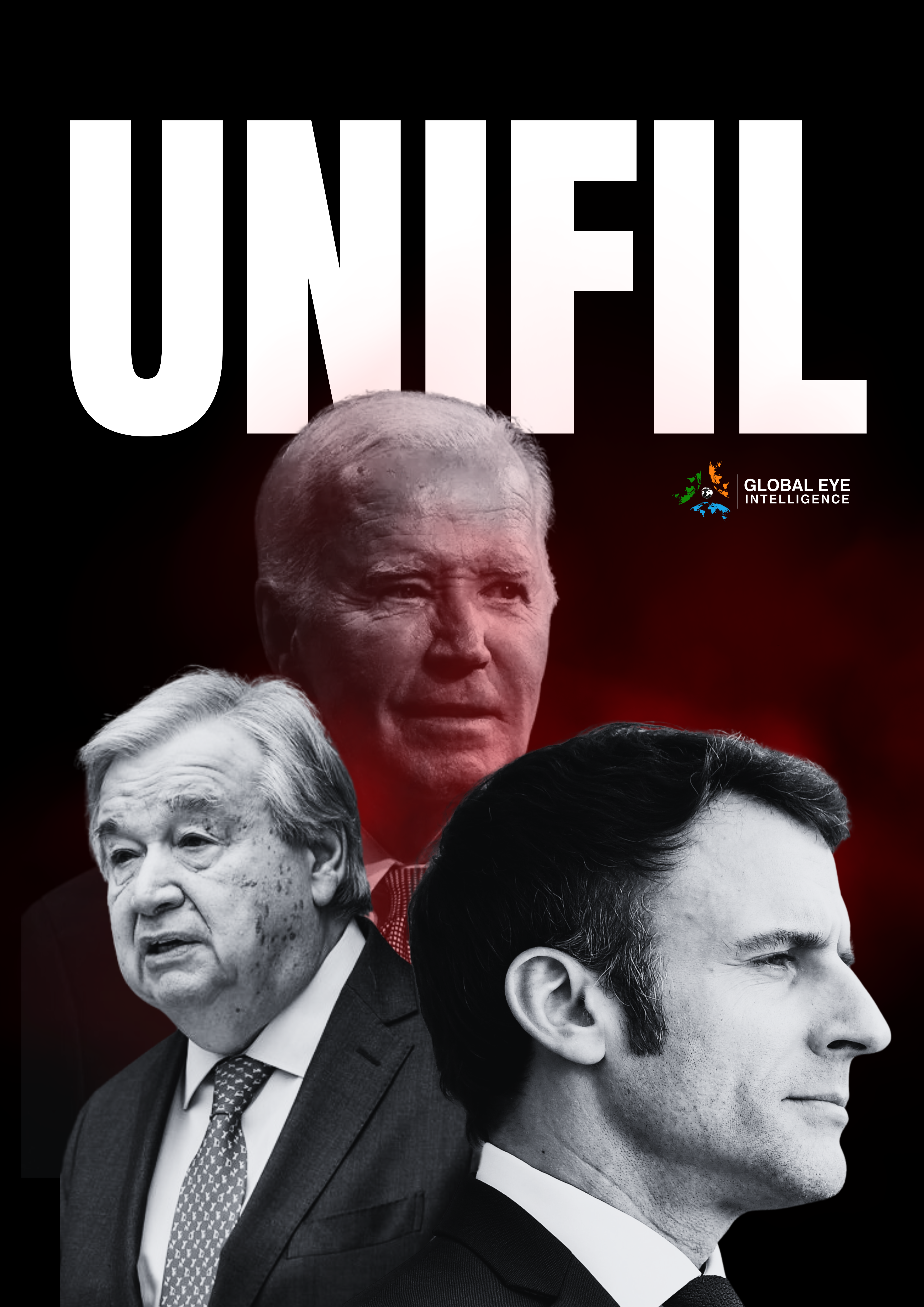
UNIFIL
1. Executive Summary: The Israel-Lebanon conflict is a long-standing and complex situation involving various groups in the region, such as the Lebanese government, Israel, Hezbollah, and other militant organizations. The United Nations Interim Force in Lebanon (UNIFIL) was formed on March 19, 1978, to help stop hostilities between Israel and Lebanon after the Israeli invasion.…

